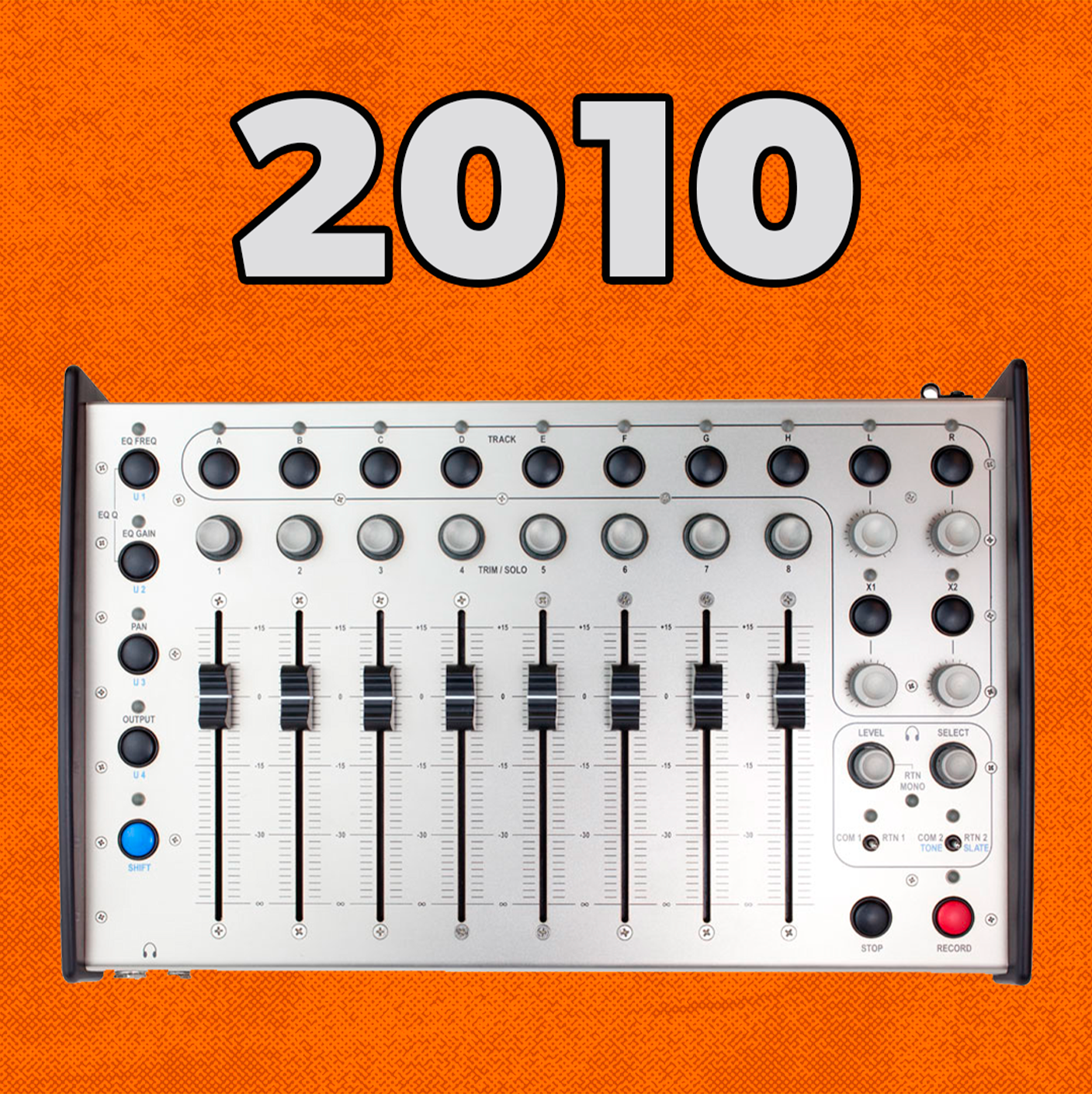PIX240i/220i: Sharper than ever – 2011

“The PIX240i came out a year after the original PIX240. The only real difference between the two was a much better looking IPS display. The original PIX240’s display exhibited jello-like wobble when a camera panned and was displaying it on the screen. It was a rolling-shutter-like artifact, but on the screen instead of a camera sensor. This seems like a somewhat insignificant change, but like many changes that look simple to the outside world, it was far more difficult on the engineering side. It’s rare that you can buy a part – like a screen – from one vendor and it simply drops into the product with no changes. If memory serves, we had to change our injection molds to accommodate the new screen as well as the driver circuitry, both of which are pretty huge changes that took many months to do. The new IPS screen from Mitsubishi was brighter, had better scan time, and didn’t exhibit any of the jello effect. We went on to make the PIX240i for several more years, and this improved screen was a big part of its popularity. The PIX220i was simply a lower-priced version of the PIX240i in which we omitted the SDI in/out. As the parts needed to implement SDI in and out are very expensive, this did allow us to sell the HDMI-only version PIX220i at a lower price, but it was never as popular as the PIX240i.”




